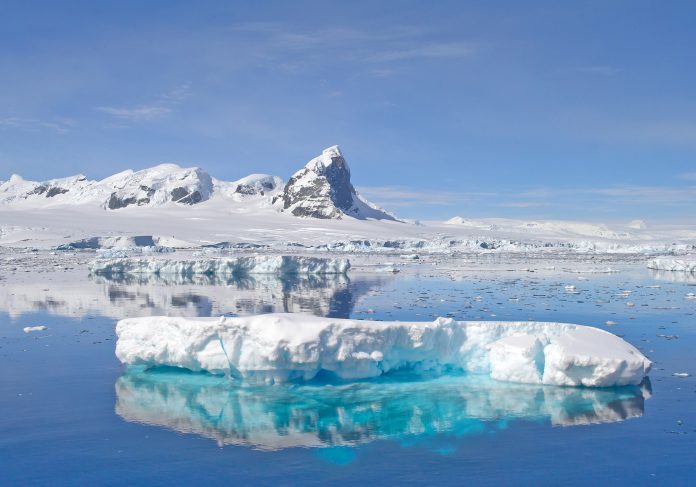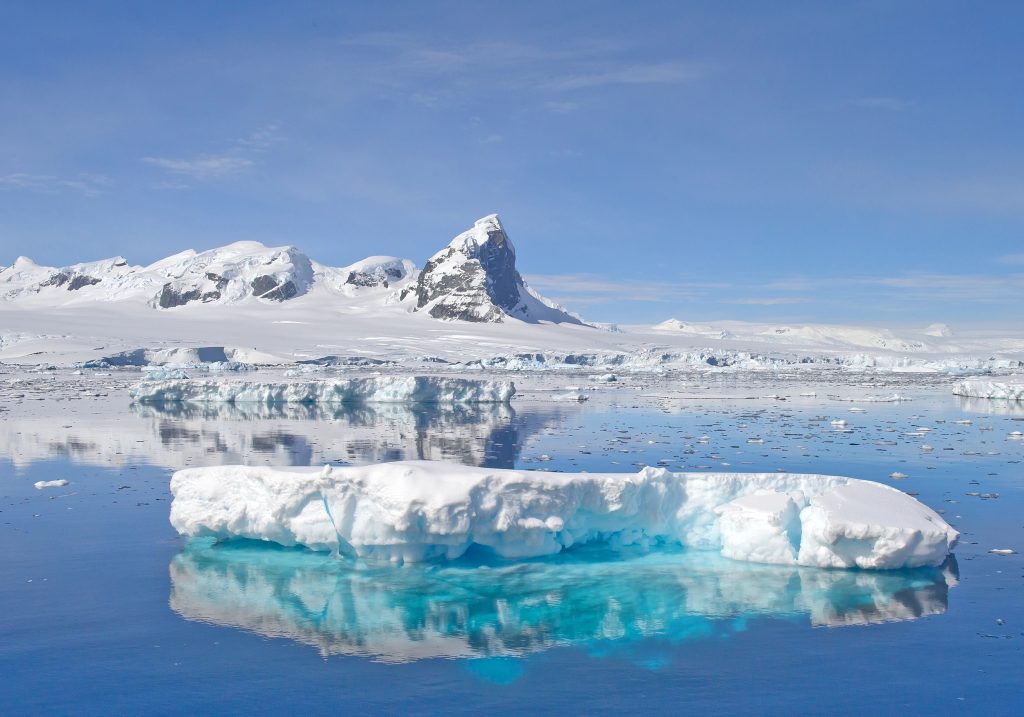
Antarctic sea ice might be one of those tipping points within the Earth’s system, warned Australian Antarctic Division head scientist Nerilie Abram. Her statement reflects a new scientific perspective: the rapid decline of Antarctic sea ice is greater than a regional anomaly but a potential catalyst for irreversible global climate alterations.
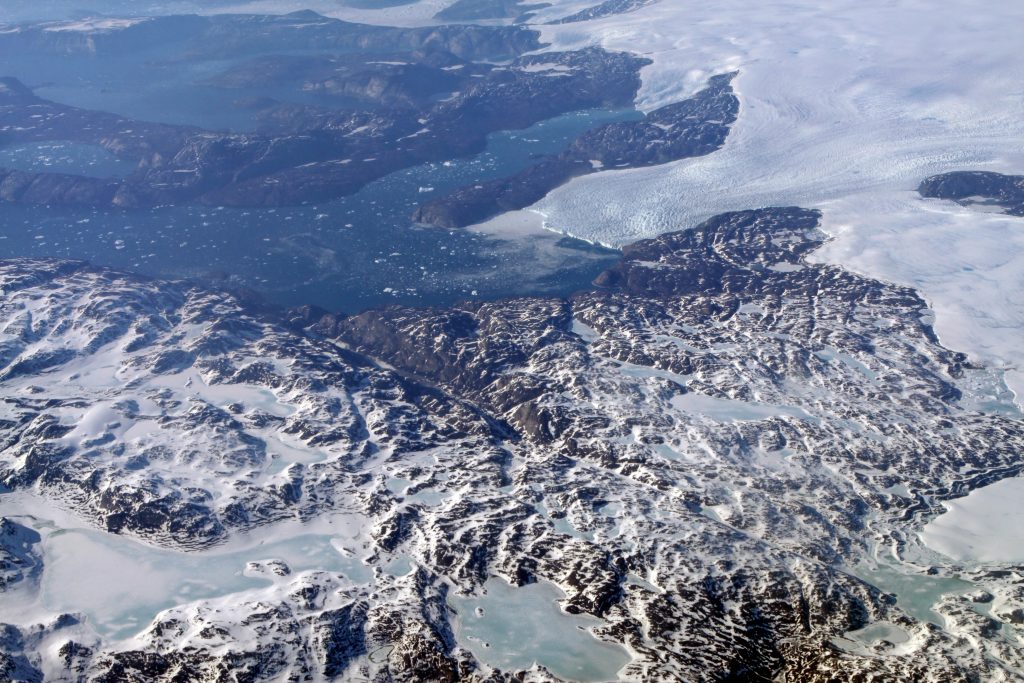
1. A Regime Shift in the Southern Ocean
Satellite observations and historical reconstructions suggest Antarctic sea ice coverage has fallen below the natural range of the previous centuries. The continent since 2016 has been in what scientists call a “new low sea-ice state,” and 2023 was the lowest winter maximum and summer minimum in history. This is brought about by the interaction of a number of factors, including the warming of the Southern Ocean below the surface, shifting wind regimes, and ice-loss feedback mechanisms. Reduced sea ice exposes darker ocean surfaces, lowers albedo, and enhances heat absorption.
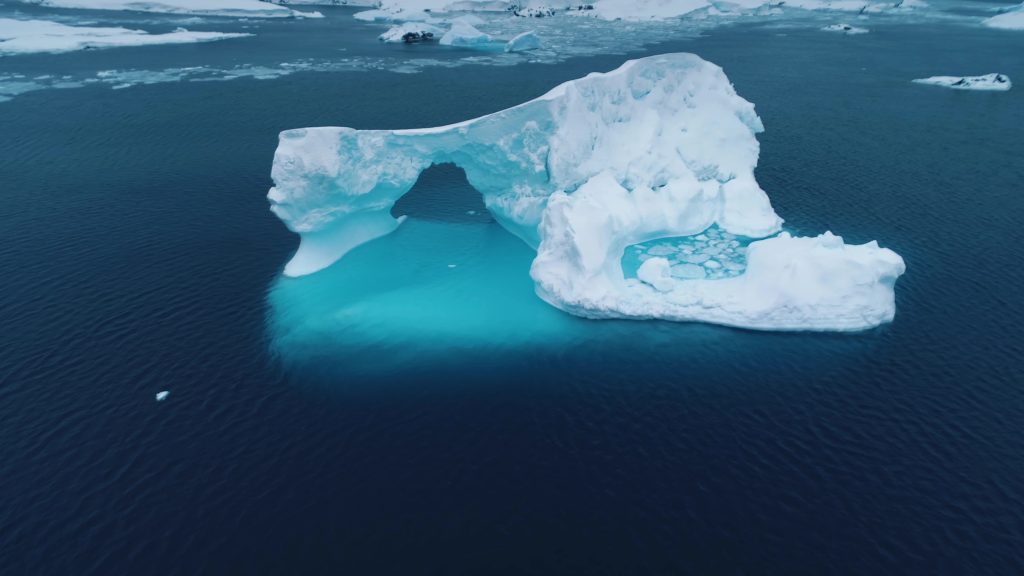
2. Interference with Ocean Heat Transport and Circulation
Sea ice loss is inextricably connected to the weakening of the Antarctic Overturning Circulation a deep-water conveyor that transports heat, oxygen, and nutrients worldwide. The 40% reduction in Antarctic Bottom Water formation by the year 2050 is predicted by high-resolution ocean models as surface layers become freshened by meltwater, removing the density-driven sinking that fuels this circulation. This decrease would trap heat at depth, still eating away ice shelves from below and remoulding climatic regimes thousands of kilometers away in the tropics.
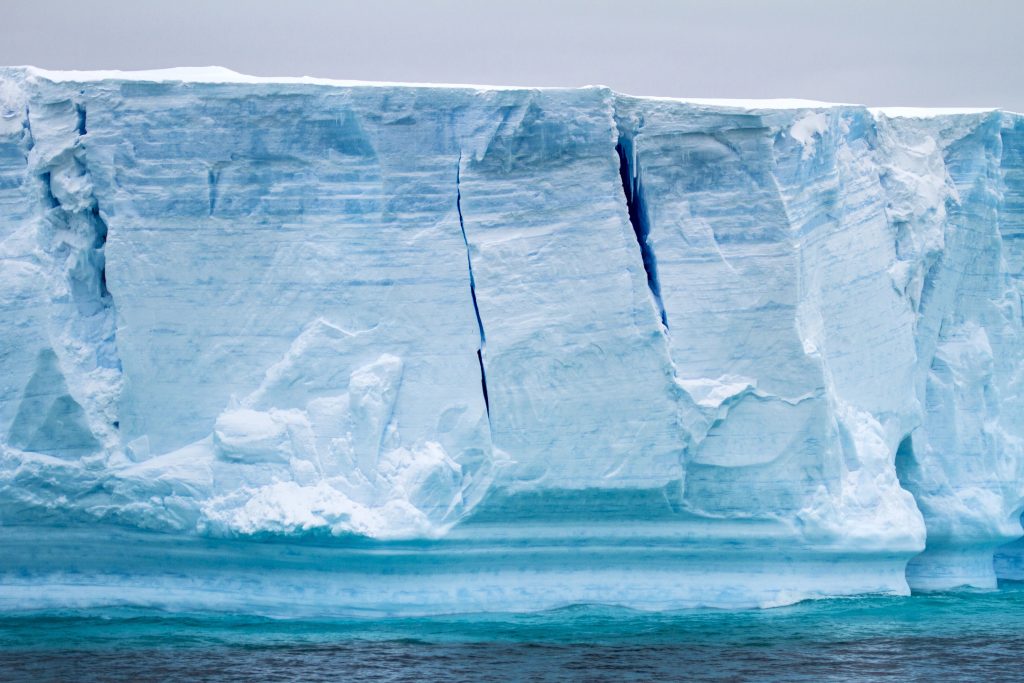
3. Ice-Ocean Feedbacks and Tipping Dynamics
Highly sophisticated model simulations of the ice sheet indicate that the West Antarctic Ice Sheet (WAIS) is perilously close to collapse, perhaps triggered by merely 0.25°C of additional deep-ocean warming. Warm Circumpolar Deep Water penetration into grounding zones also deteriorate ice from the bottom, and new models demonstrate that melt-geometry feedbacks may generate out-of-control intrusion distances-even on formerly regarded stable bed slopes. WAIS retreat, once initiated, would contribute over 4 meters to sea level worldwide, and rebound would require cooling of the oceans to far below preindustrial temperatures.
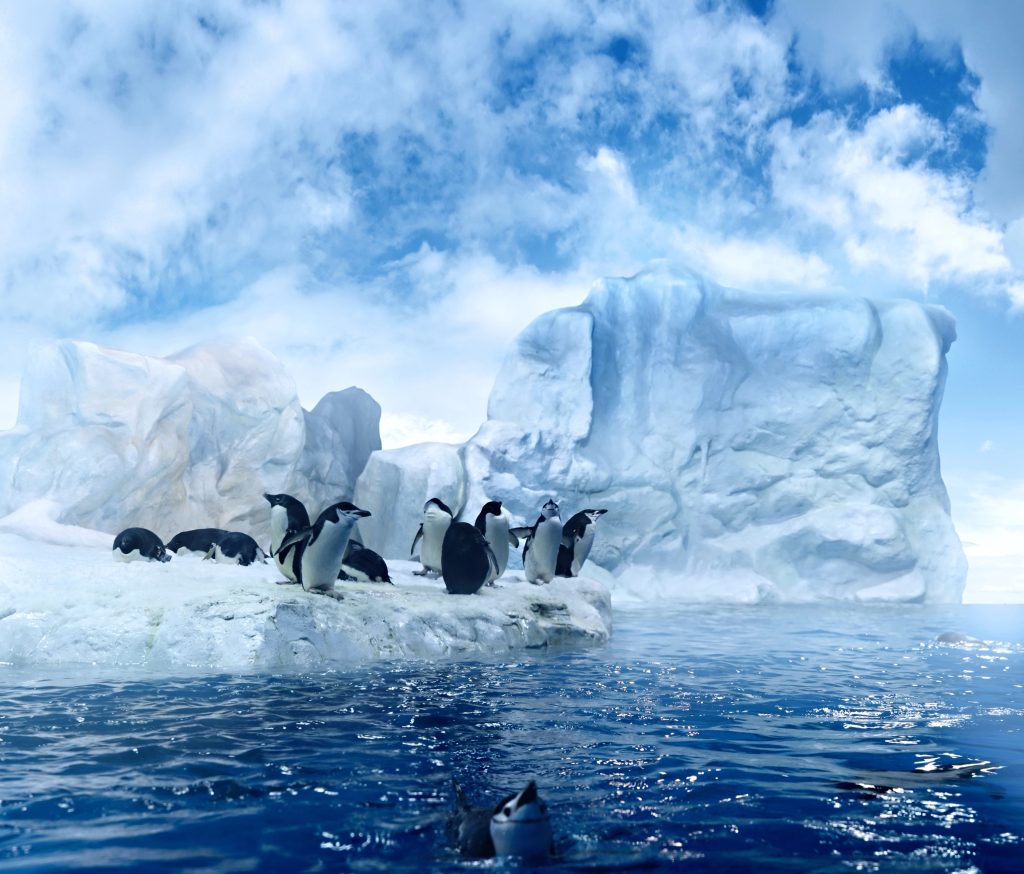
4. Ecological Collapse of the Bellingshausen Sea
Biological impacts are already dramatic. Premature sea ice breakup in the central and eastern Bellingshausen Sea in 2022 caused nearly complete breeding failure in four of five monitored emperor penguin colonies. Satellite imagery showed the disappearance of guano stains a colony sign before chicks fledge.
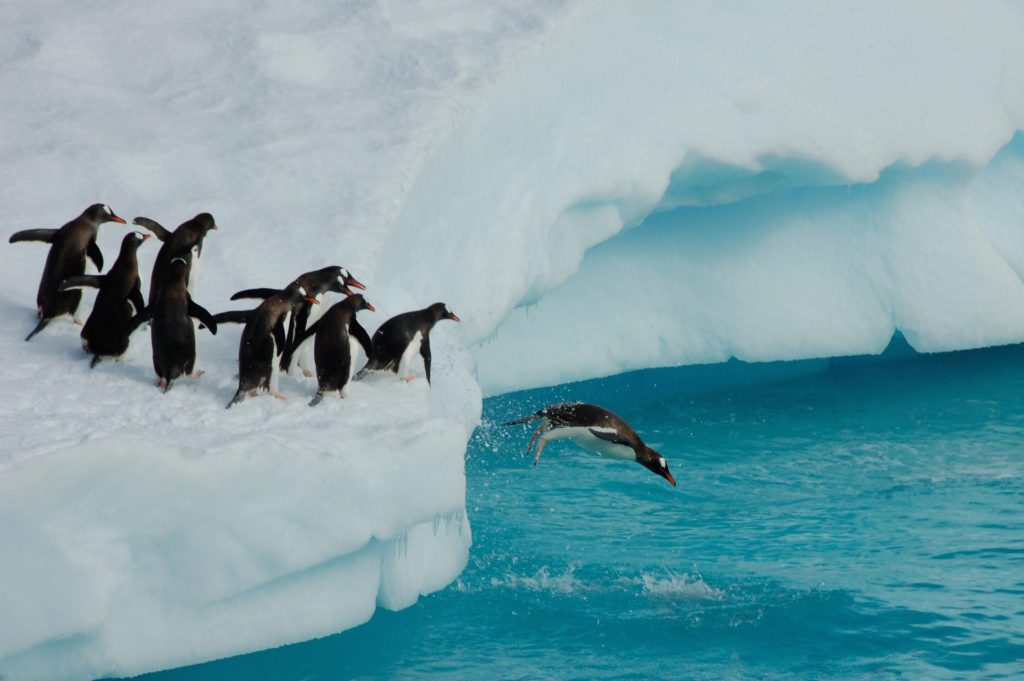
In anticipation that over 90% of emperor colonies would be quasi-extinct by the turn of the century at current rates of warming, the future of the species has become tied to the robustness of seasonal ice.
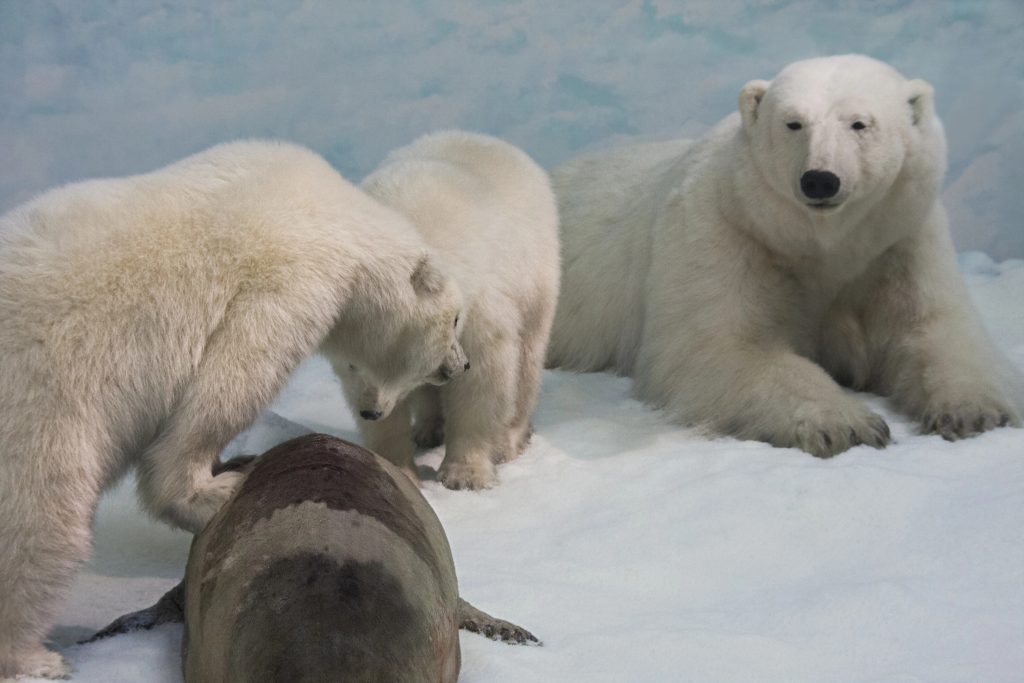
5. Phytoplankton Redecoration and Carbon Cycle Impacts
Phytoplankton, the foundation of the Antarctic food web and the primary driver of the biological carbon pump, are undergoing spectacular taxonomic shifts. Patterns over 14,824 pigment samples for 1997–2023 suggest that diatoms keystone krill prey and efficient carbon exporters on 80% of the Antarctic Shelf have declined dramatically, replaced by more modest haptophytes and cryptophytes. These changes, linked with decreases in sea-ice cover and iron availability, undermine the efficiency of carbon capture and threaten krill-prey predators from penguins to whales.
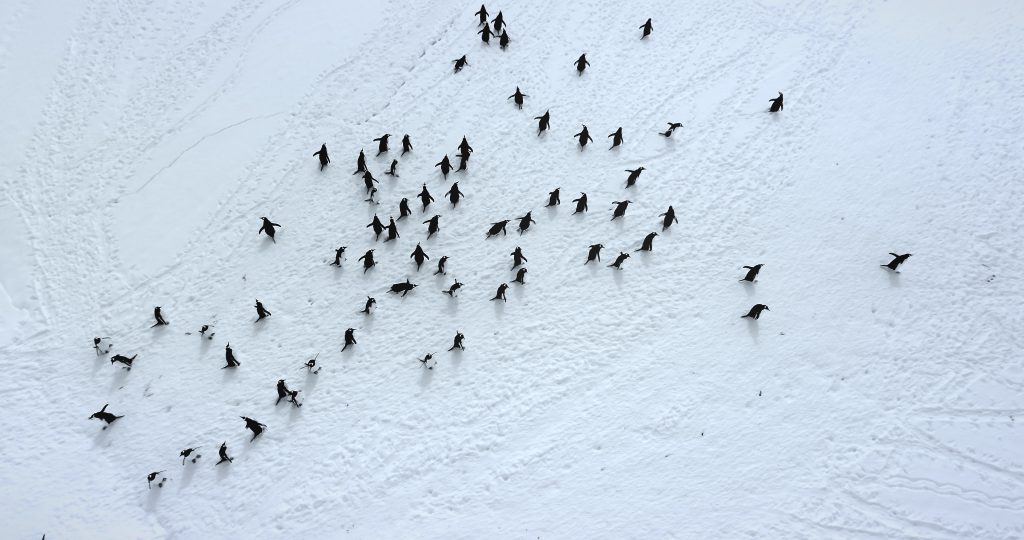
6. Zooplankton’s Hidden Climate Role
Aside from phytoplankton, Antarctic zooplankton such as krill and copepods sequester carbon during seasonal vertical migration. Through the transportation of lipid-rich biomass to depths of over 500 meters, they sequester approximately 65 million tonnes of carbon annually that is the same level of emissions released annually by 55 million diesel-powered cars. Sea ice loss breaks up their grazing on ice-covered phytoplankton and may undermine this “seasonal migration pump” and the Southern Ocean’s role as a carbon sink.
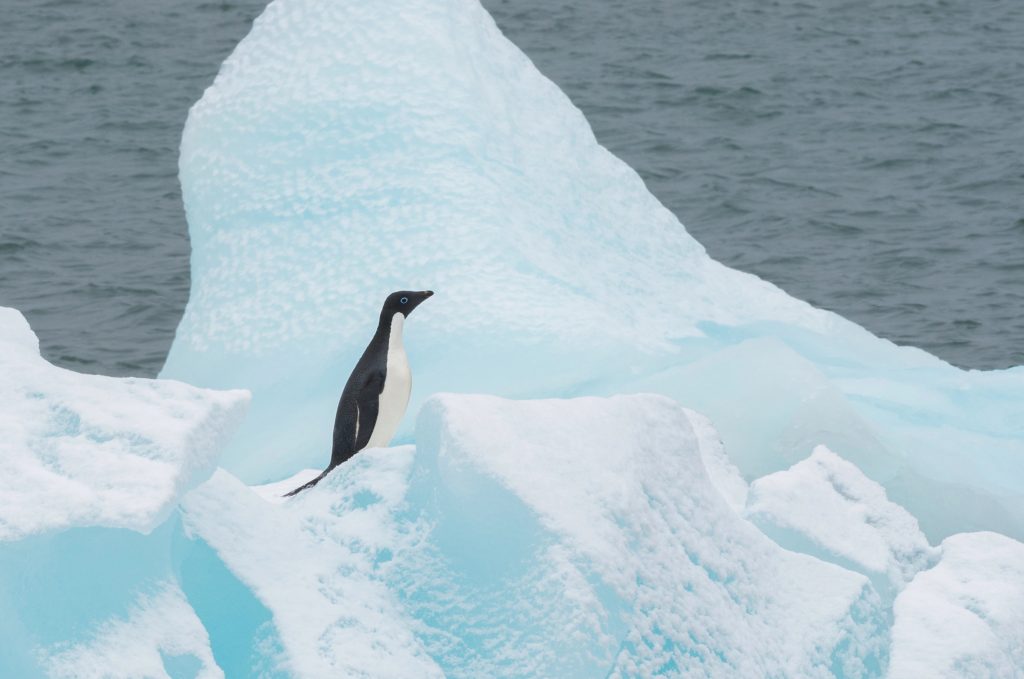
7. Sedimentary Records of Biogeochemical Change
Ross Sea sediment cores show that glacial and terrestrial sources enhance burial of organic carbon and mercury within coastal embayments. However, Holocene observations show decoupling: burial of mercury has increased fivefold presumably as a result of atmospheric deposition and glacial meltwater while rates of burial of carbon have been constant. This would suggest that ice loss and productivity increase are balanced by reduced bottom-water formation, limiting carbon delivery onto the seabed.
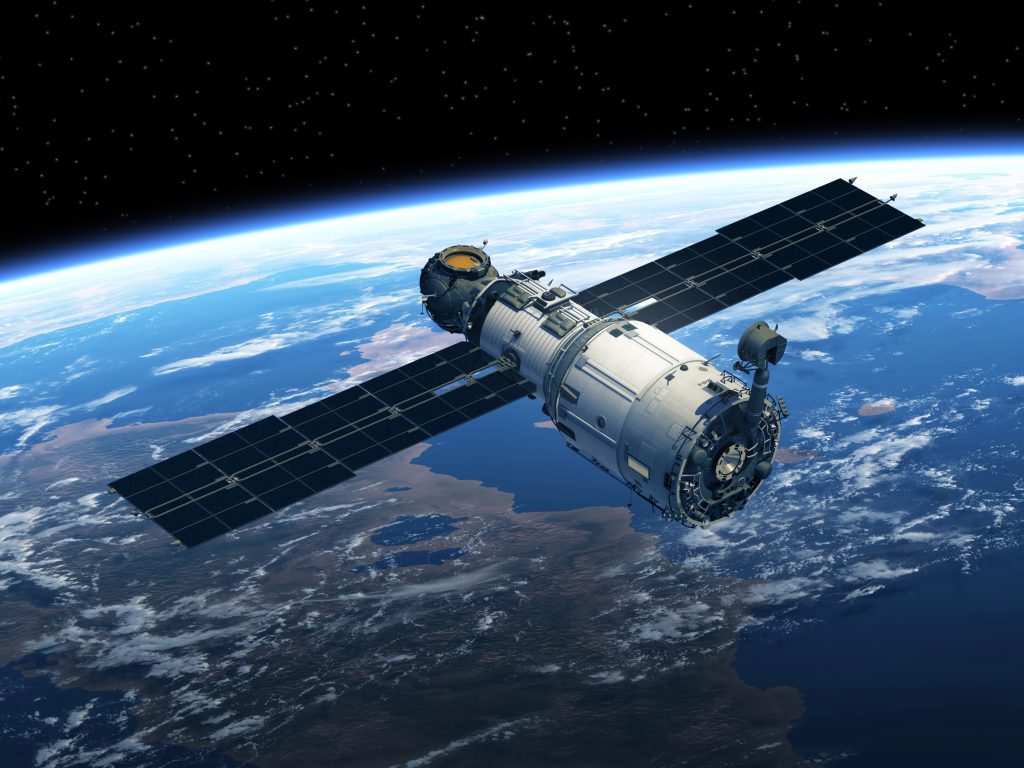
8. Advances in Remote Sensing and Monitoring
Satellite remote sensing has played the key role in the accuracy of these results. High- to very high-resolution Sentinel-2 and WorldView-3 imagery enables the detection and tracking of penguin colonies annually, early detection of ice breakup events, and mapping of phytoplankton blooms from ocean color sensors. Such data in combination with autonomous ocean profilers and ice-penetrating radar are instrumental in unveiling early-warning indications of tipping points.
The image that’s emerging is that of self-reinforcing feedbacks: sea ice loss is accelerated by driving ocean warming, disrupting global circulation, restructuring ecosystems, and undermining carbon sequestration. As Abram cautioned, “Once we start losing Antarctic sea ice, we get this self-enhancing process underway… even if we do stabilise the climate, we’re on a course to keep losing Antarctic sea ice for centuries to come.” The challenge for policy and science is not just to slow these processes but to get ahead of the irreversible changes already in motion.
